Wall-Mounted Dust Collectors
These space-saving dust-collection units have the power to get the job done.

Synopsis: Designed to save floor space in tight workshops, wall-mounted dust collectors come in a range of sizes. We looked at six single-stage collectors with filtration of 3 microns or better. Asa Christiana put them through a series of tests and rated them for power, bag capacity and ease of attachment, chip collection, and portability. Models tested are: Grizzly G0785, Rikon 60-101, Rockler Dust Right 650 CFM, Rocker Dust Right 1250 CFM, Shop Fox W1844, Shop Fox W1826.
When woodworkers are considering dust-collection options, wall-mounted models often get overlooked. Designed to save valuable floor space in tight workshops, these come in a range of sizes, with smaller units best dedicated to one machine or two, and larger ones capable of pulling chips at a distance from four or more.
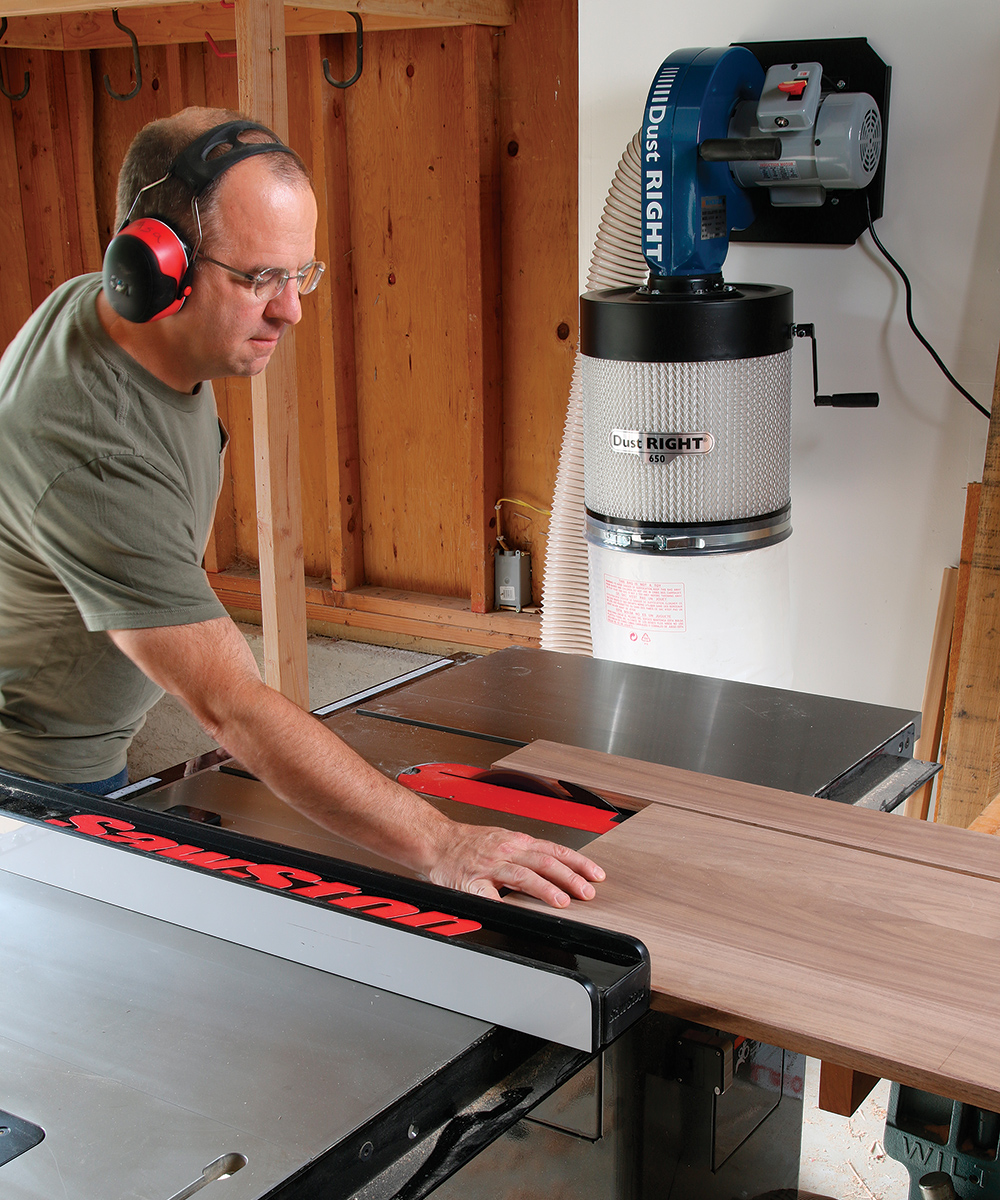
I recently took a close look at six of these units to see how they stacked up. While there are more than six on the market, I limited the field to those with filtration of 3 microns or better. That left in dust collectors with pleated cartridge filters and heavy felted bags, and left out the thin, frankly outdated bags that only grab larger chips and particles, while emitting clouds of fine dust at head height.
I also eliminated cyclone collectors, some of which can be mounted on the wall but are much larger and generally cost much more than these small, single-stage units.
Of the six I tested, five are similar in size and power—at 3/4 to 1 hp—and allow a measure of portability if additional wall brackets are placed around the shop. The sixth is much larger: a heavy 1-1/2-hp model designed to stay put and connect to multiple machines.
Video: Asa Christiana discusses the benefits of
using a wall-mounted dust collector and the tests
he performed to find out which collectors stood out.
To assess the portability and power of the units, and to see how each model might be used most effectively, I put them through a series of basic tests. Along the way, I looked at their overall chip capacity and what it’s like to dump and reattach the bag, a frequent task that should be straightforward.
Real-world power test
The primary test for any dust collector is power, its ability to pull chips through a typical hose of a given length. While manufacturers provide airflow ratings for their units—in CFM, or cubic feet per minute—these are sometimes based on the blower motor only, without the filter attached, which significantly affects bottom-line efficiency.
So I devised my own power test, designing it to be fair to the five smaller units but relevant to the big guy too. Using a standard 4-in.-dia. hose, roughly 6 ft. long, I connected each wall-hung collector to my jointer-planer combo machine, and made 100 passes over the jointer with large fir timbers, 2-1/2 in. thick by 30 in. long. The jointer directs chips into the semi-closed chamber between the cutterhead and planer bed where the dust port is located. After each set of passes I could compare how many chips remained uncollected by each unit.

In general, while I could discern power differences between the five smaller units, they were minor. Each one collected more than 95% of the chips and dust produced—the same result I get with my large 1-1/2-hp rolling dust collector, albeit with a longer hose. So I can say with certainty that each of these smaller wall-mounted collectors will do a fine job in your shop, provided that you keep hose runs shorter than 6 ft. or so.
The big unit from Rockler was a different animal, sweeping the jointer chamber almost clean throughout the test, meaning it could handle a much longer hose than the 6-footer in my test—no doubt up to 10 ft. or more—and therefore act as a central unit connected to three or four machines with a system of blast gates.
Bag capacity and attachment are important too
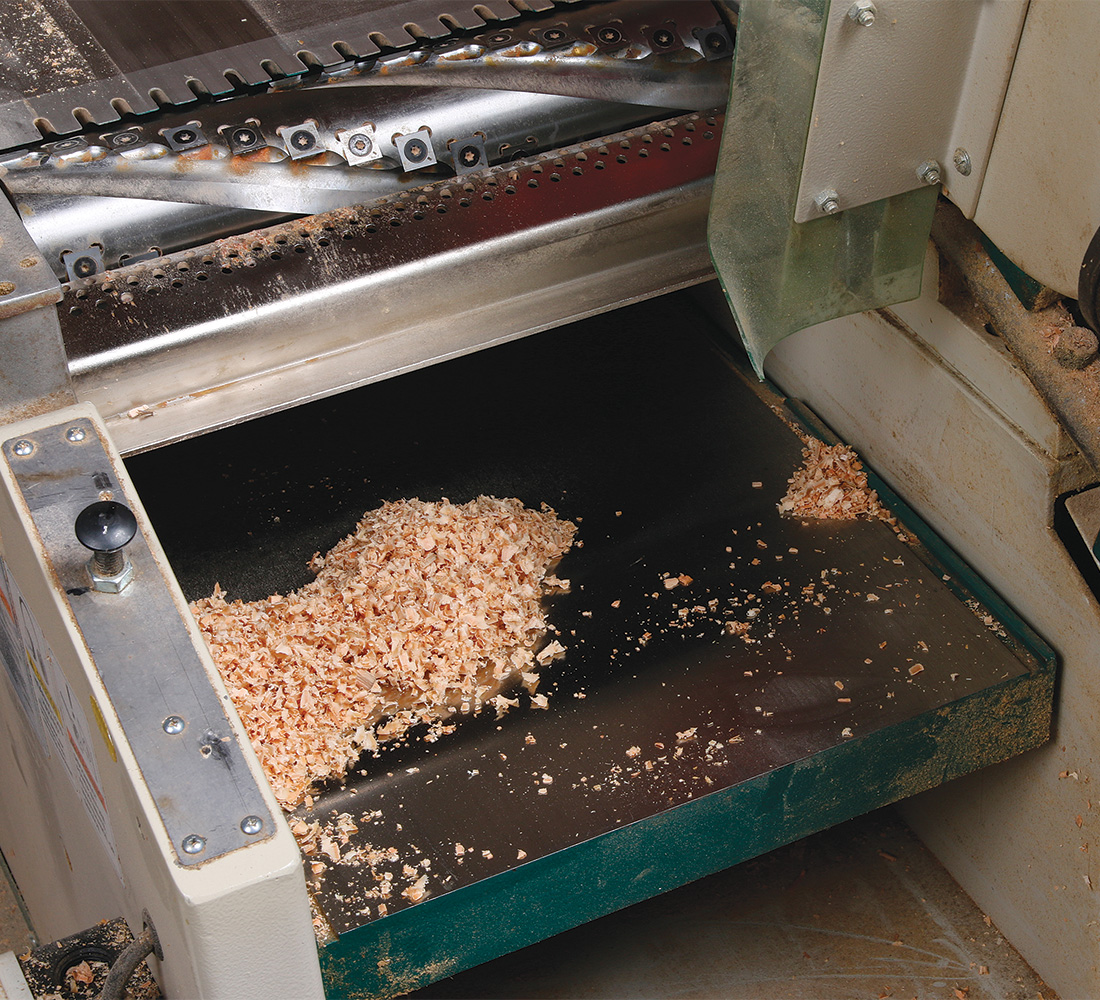
Five of these units have canister-type filters, dropping chips into clear plastic bags that hang below. One Shop Fox model gathers chips and dust in the same felted bag that serves as its filter. The five smaller collectors, including the Shop Fox with the felted bag, have nearly identical capacity, with each comfortably accommodating the 100 jointer passes before they had to be emptied.
Strangely, the big Rockler 1250 had the smallest bag, which overflowed with chips before the jointer test was over. However, the taller bag from the Rockler 650 unit happens to fit the 1250 even better, and packs of five are available from Rockler for $10. As for emptying and reattaching the bags, the best plastic ones stayed stretched over the bottom of the canister when empty, freeing up both of my hands for re-attaching their long band clamps. The felted bag was more troublesome to deal with.
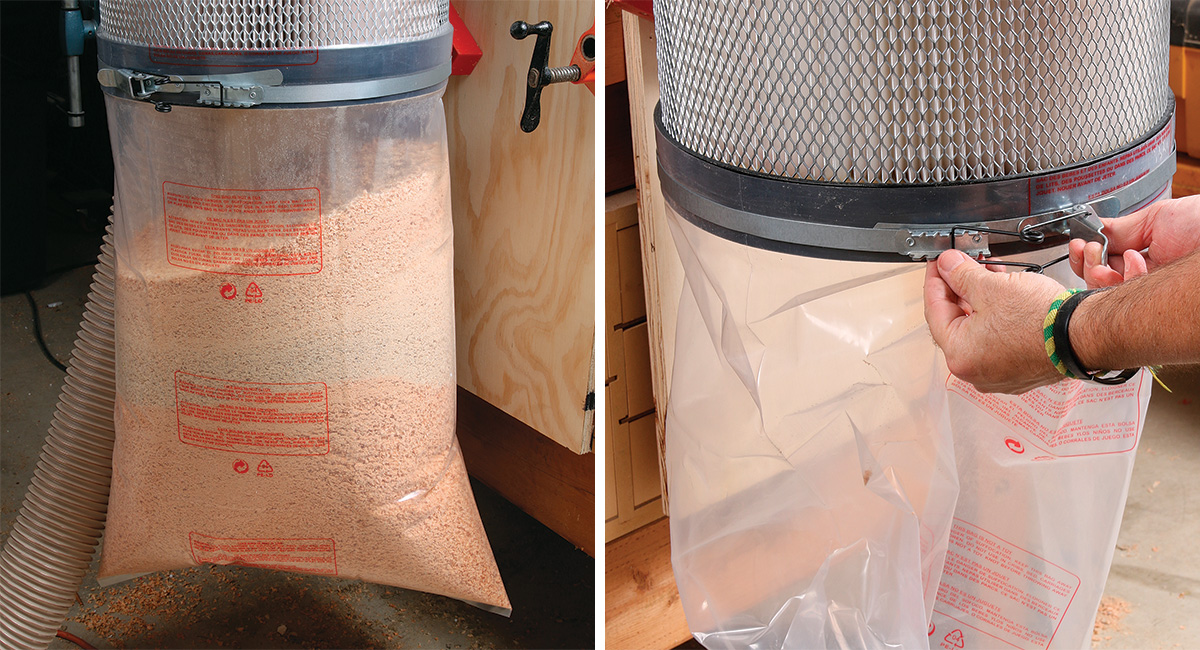
Reality check on portability and best uses
While some manufacturers suggest that users buy additional hanging brackets and move the smaller models around the shop as needed, I’m not buying it as a solution to whole-shop dust collection. Even the lightest unit is 40 lb., and the models with cartridge filters are all 50 lb. or more. Moving any of those regularly would be a pain in the back for all but the burliest lumberjack. This reality became very clear as I shouldered the units on and off their brackets during testing.
That’s why I would consider all of the wall-mounted units I tested as stationary fixtures, with the key differences being the hose runs each can support while delivering effective suction to the end of the hose.
In small shops like mine, one of the five smaller models would make a great companion to a larger dust collector. I probably would put the wall-hung unit near my tablesaw, saving me from dragging a long flexible hose across the floor from my rolling 1-1/2-hp dust collector, which sits near the other major machines. And I wouldn’t lose a foot of floor space. So think of the smaller units as companion collectors for out-of-the-way machines. For even smaller shops, with too little floor space for a rolling unit, the Rockler 1250 could serve as a main dust collector, hung in a convenient spot and connected to multiple machines with blast gates.
Wall-mounted dust collectors, head to head
Rockler Dust Right 650 CFM
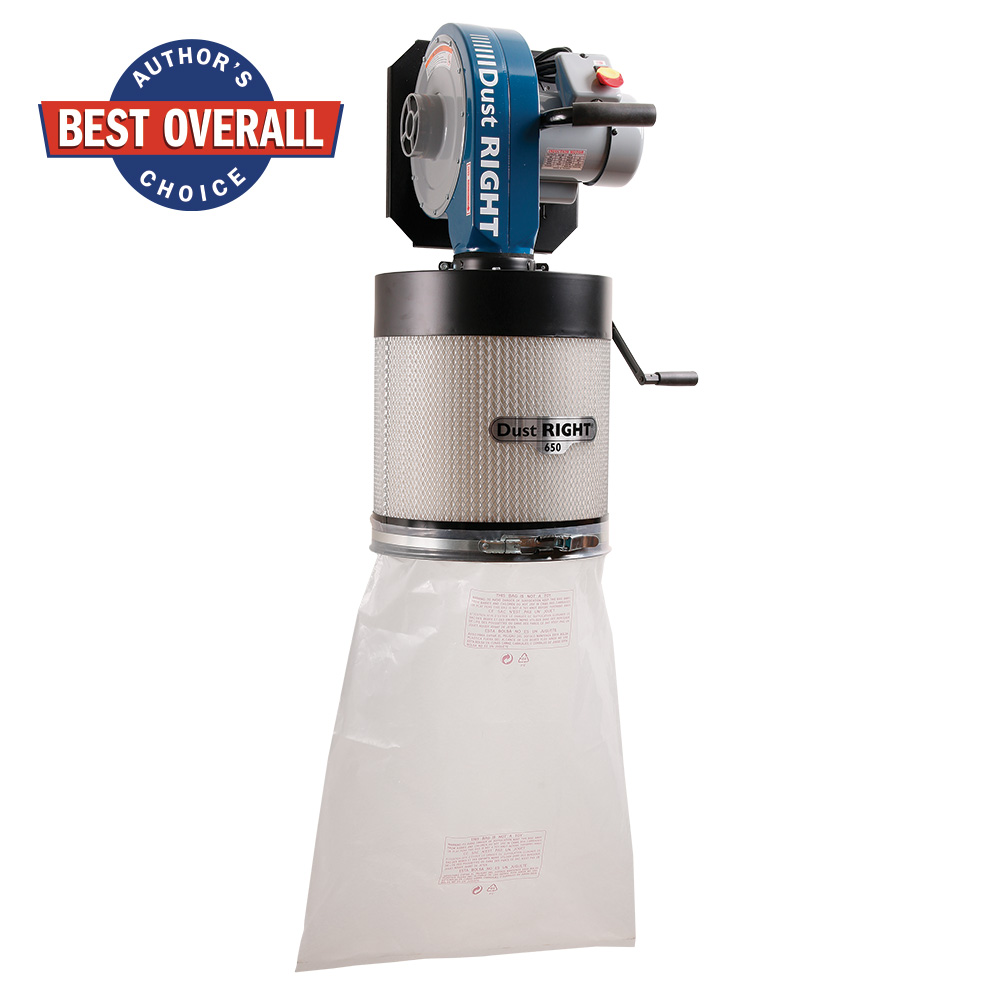
- Price: $500 with canister
- Motor: 3/4 hp
- Weight: 57 lb.
- Filtration: 1 micron canister
- Suction: Good
- Chip capacity: Good
- Emptying bag: Very good
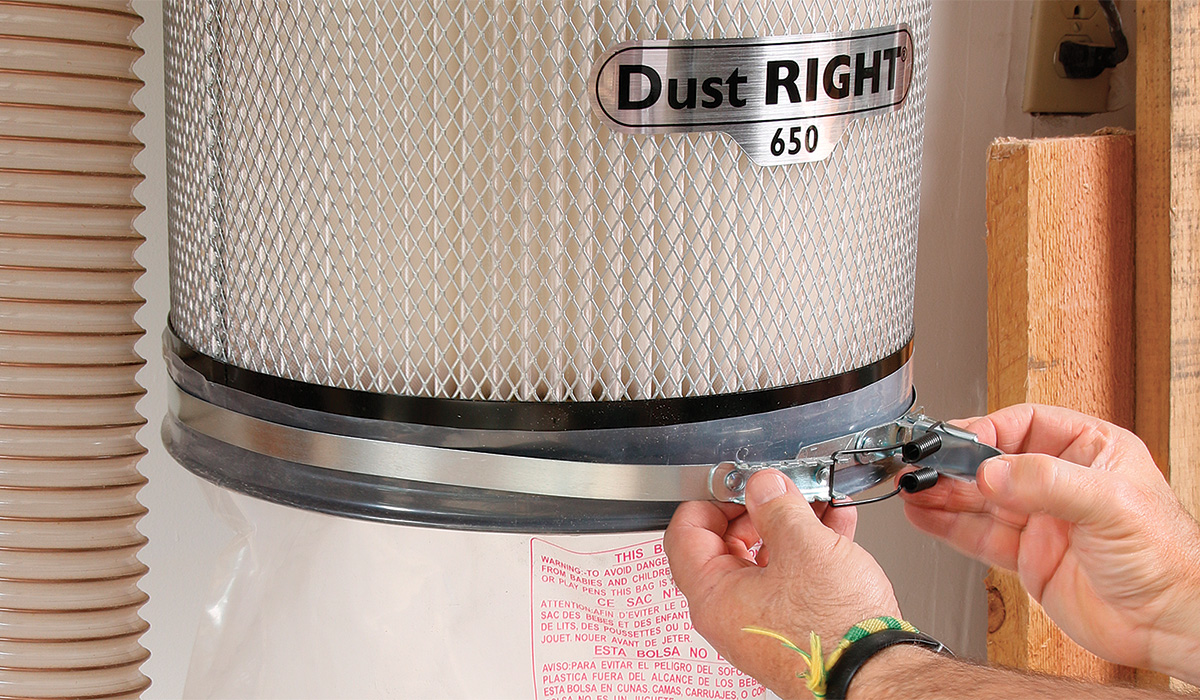
Best Overall Wall-Mounted Dust Collector
Rockler Dust Right 650 CFM
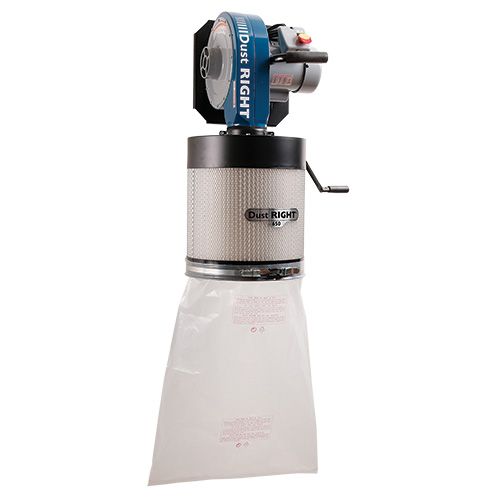
Rockler Dust Right 1250 CFM
- Price: $830 with canister
- Motor: 1-1/2 hp
- Weight: 78 lb.
- Filtration: 1-micron canister
- Suction: Excellent
- Chip capacity: Fair with standard bag
- Emptying bag: Fair with standard bag
Best Overall Wall-Mounted Dust Collector
Rockler Dust Right 1250 CFM

Shop Fox W1826
- Price: $230
- Motor: 1 hp
- Weight: 40 lb.
- Filtration: 2.5 micron felted bag
- Suction: Good
- Chip capacity: Good
- Emptying bag: Fair
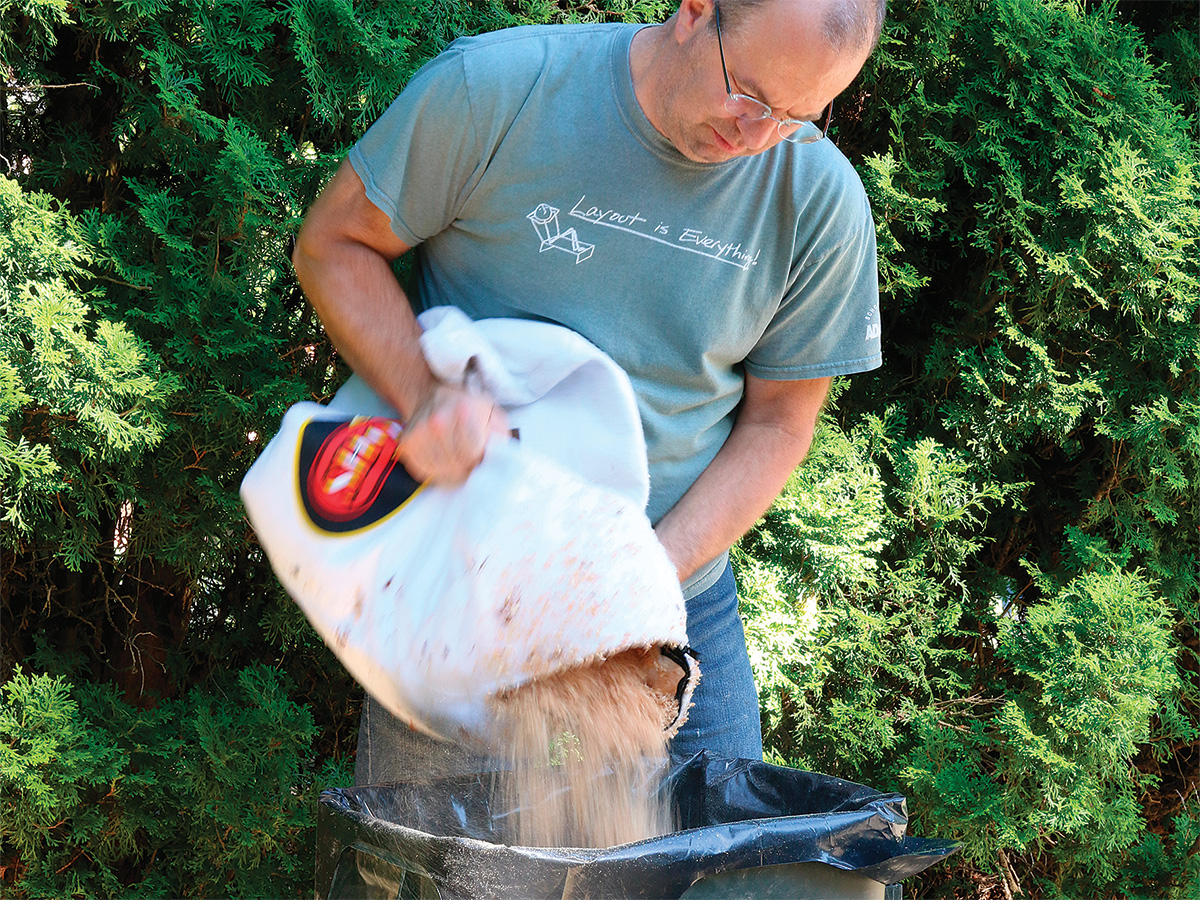
Best Value Wall-Mounted Dust Collector
Shop Fox W1826
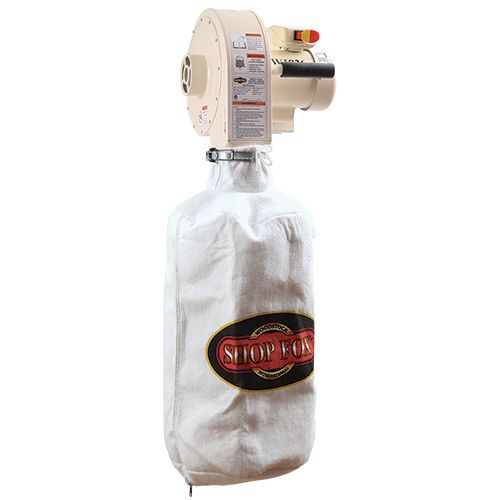
Grizzly G0785
- Price: $325 with canister
- Motor: 1 hp
- Weight: 54 lb.
- Filtration: 1 micron canister
- Suction: Good
- Chip capacity: Good
- Emptying bag: Very good
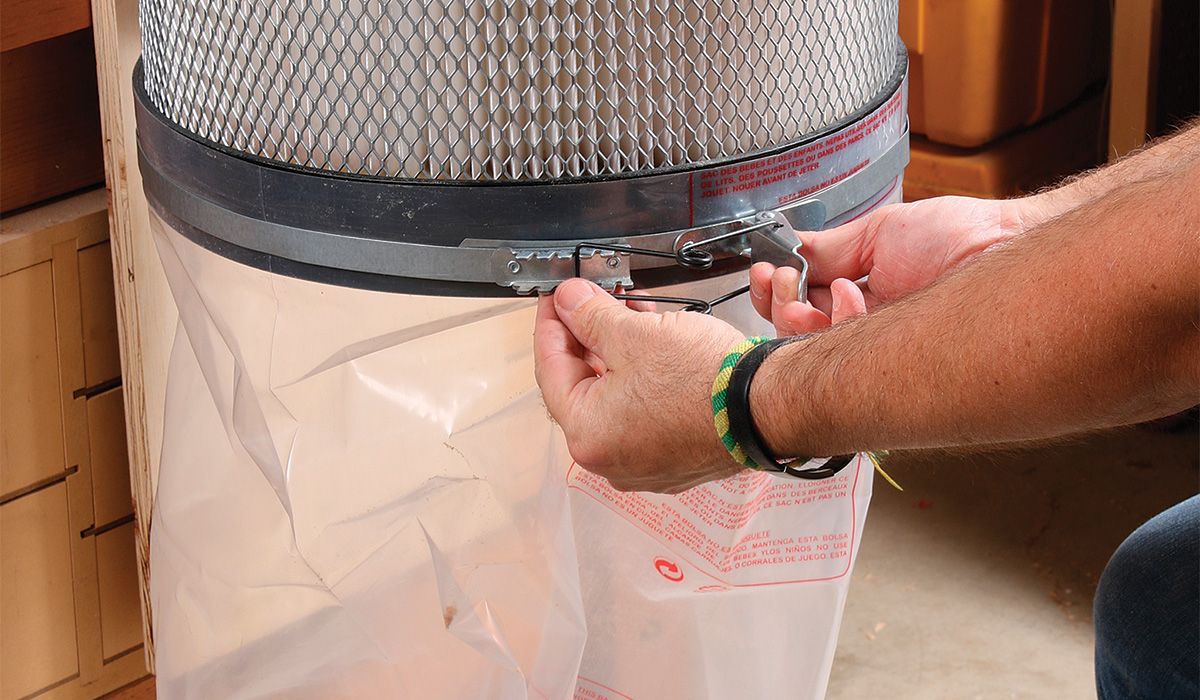
Grizzly G0785
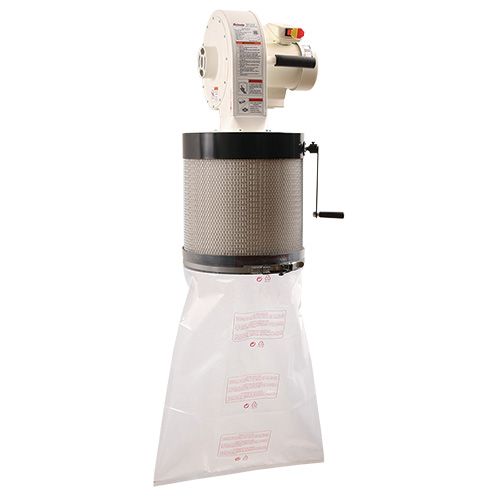
Rikon 60‑101
- Price: $450 with canister
- Motor: 1 hp
- Weight: 54 lb.
- Filtration: 1 micron canister
- Suction: Good
- Chip capacity: Good
- Emptying bag: Fair
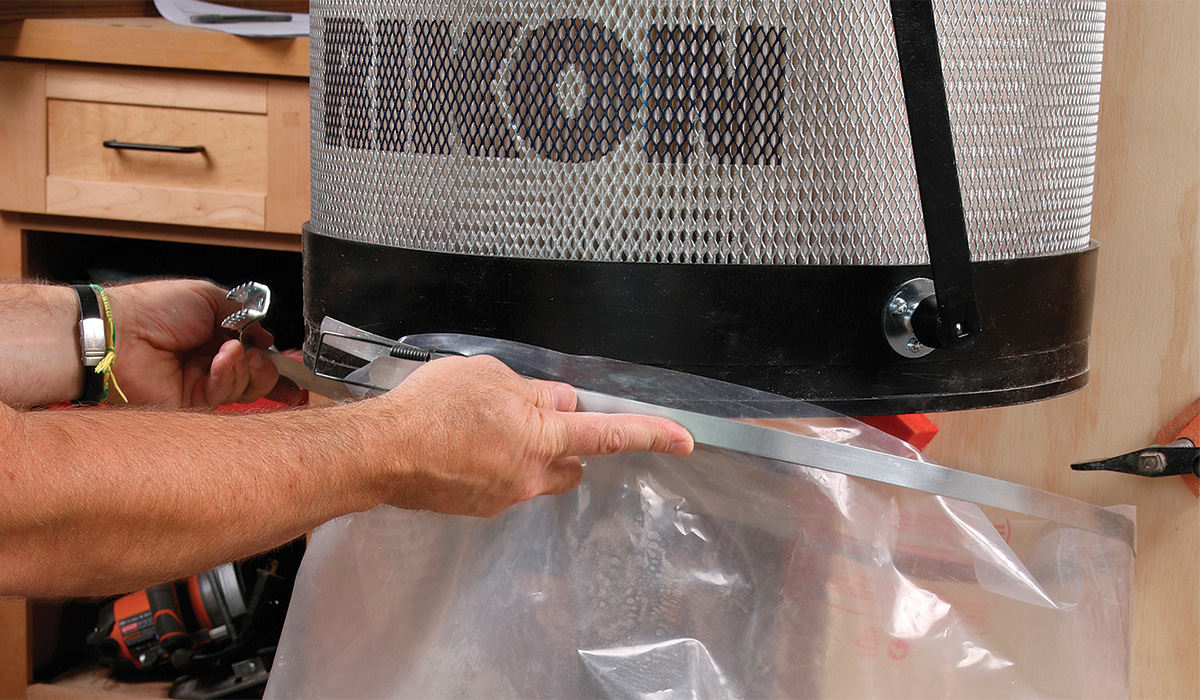
Wall Mounted Dust Collector
Rikon 60‑101
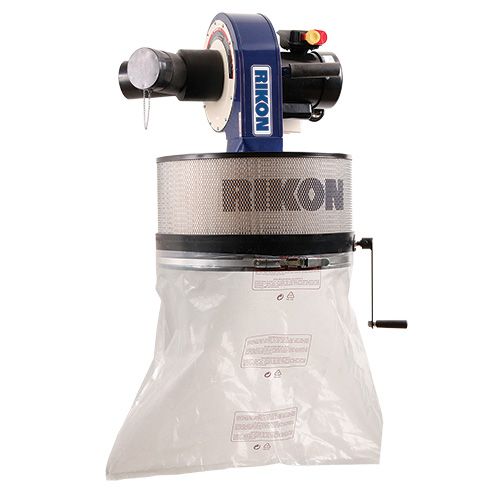
Shop Fox W1844
- Price: $450 with canister
- Motor: 1 hp
- Weight: 54 lb.
- Filtration: 1-micron canister
- Suction: Good
- Chip capacity: Good
- Emptying bag: Very good

Shop Fox W1844

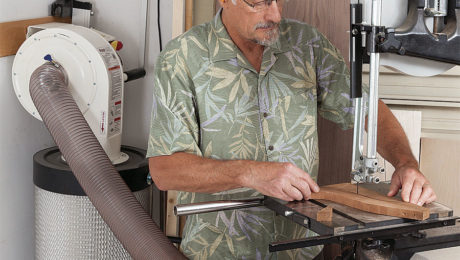 |
|
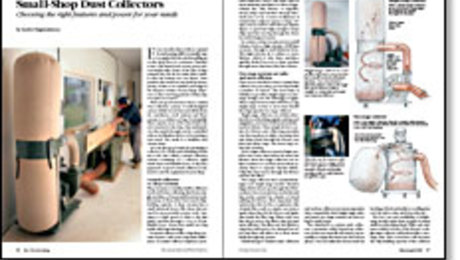 |
|
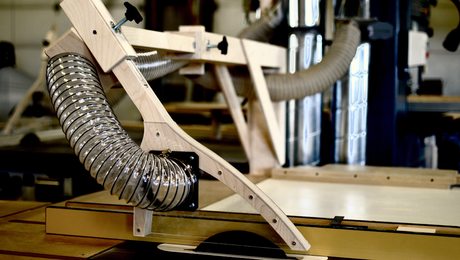 |
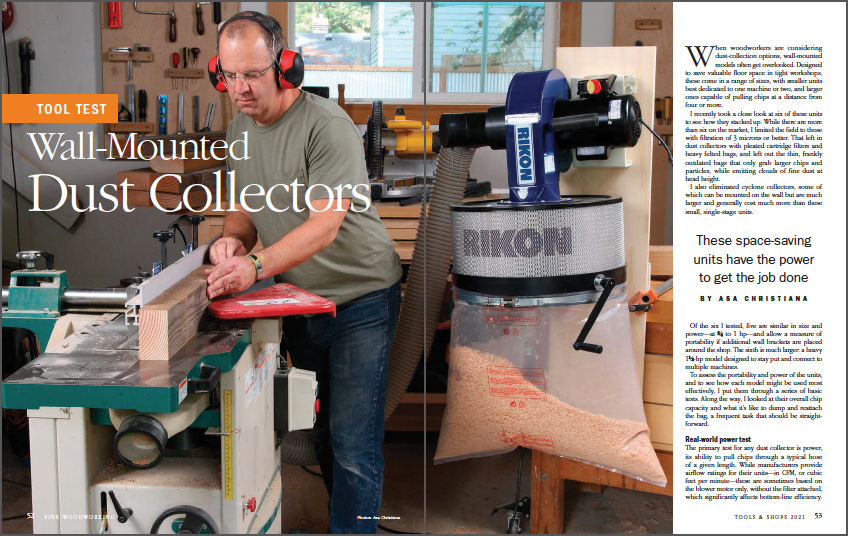
From Fine Woodworking #286
To view the entire article, please click the View PDF button below.


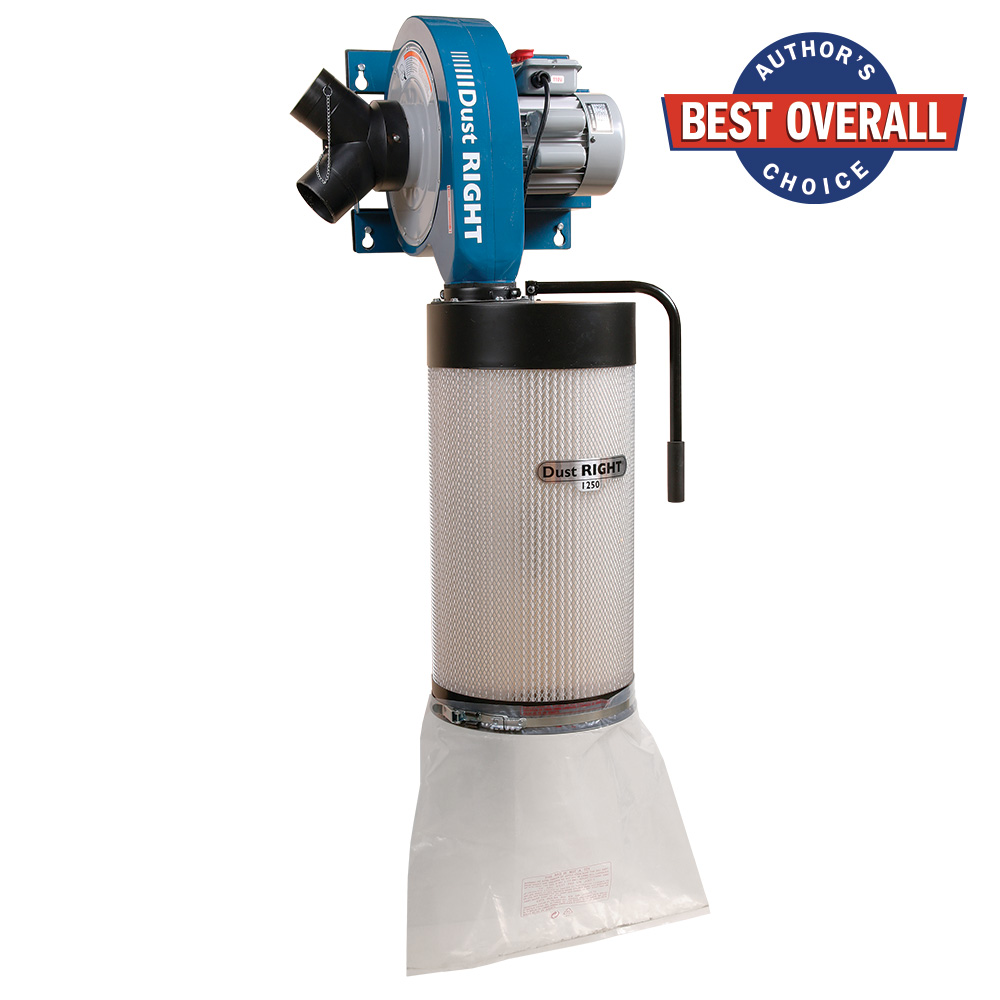
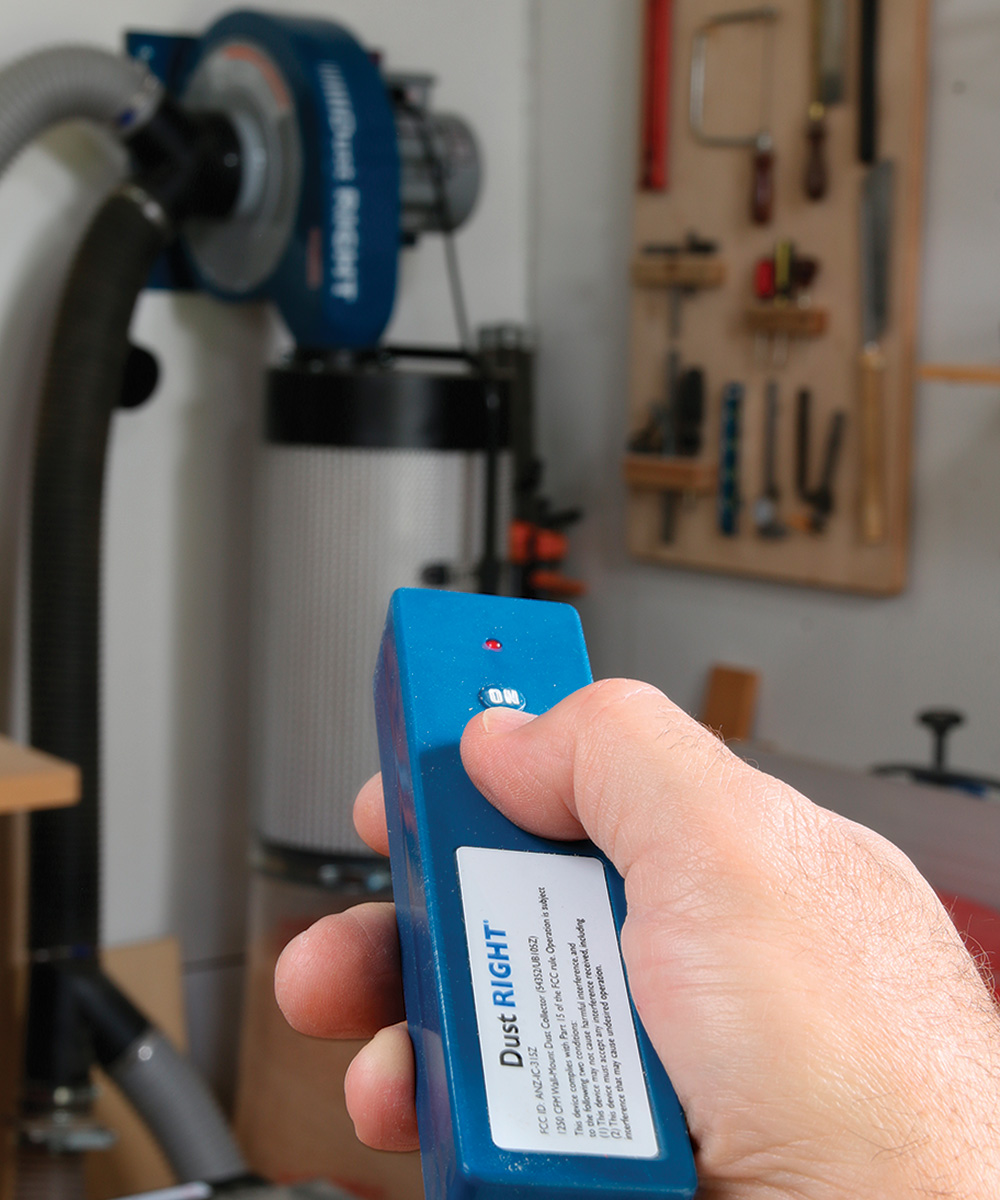

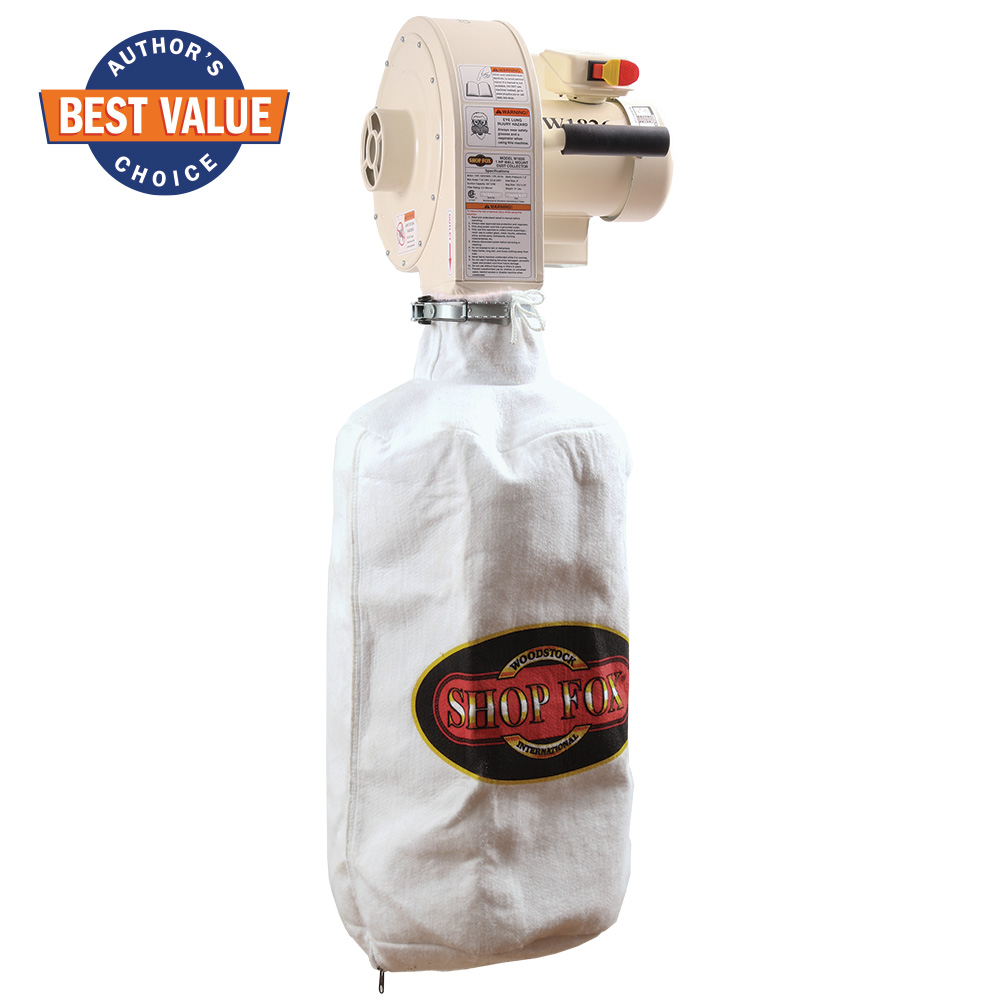
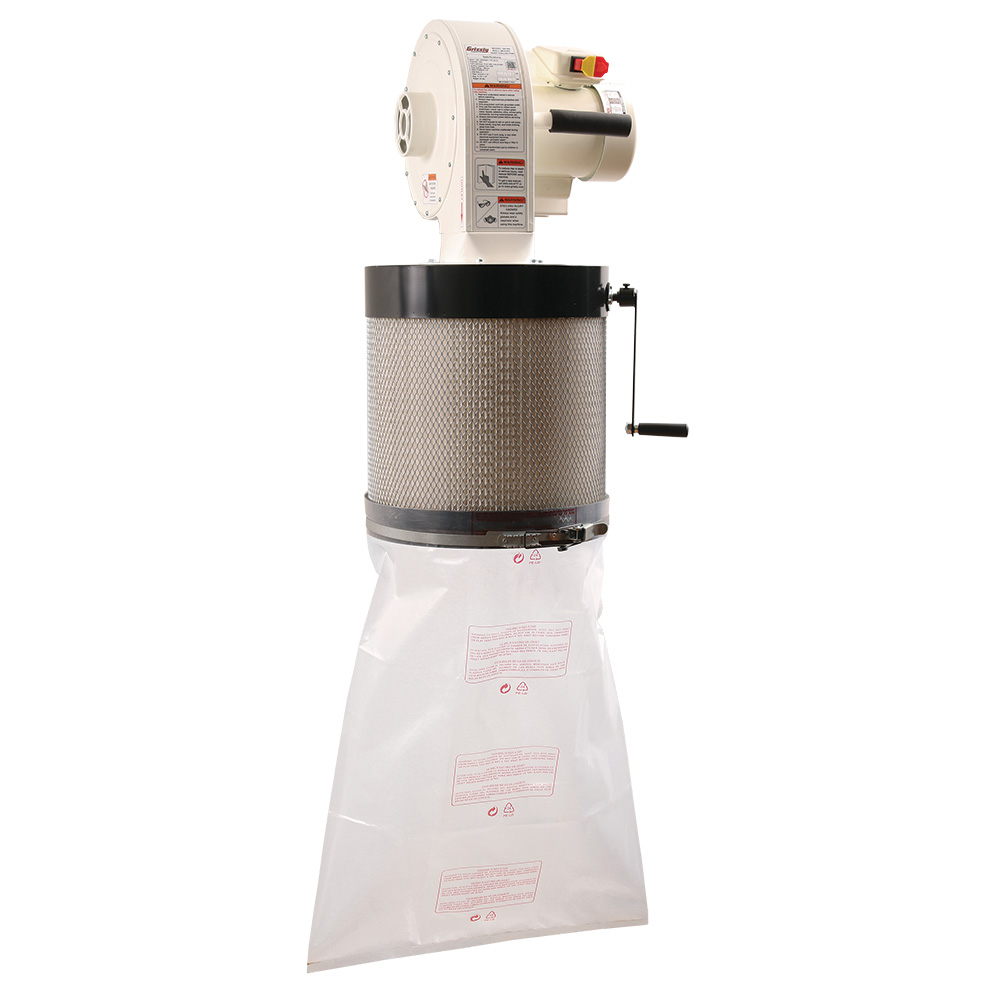
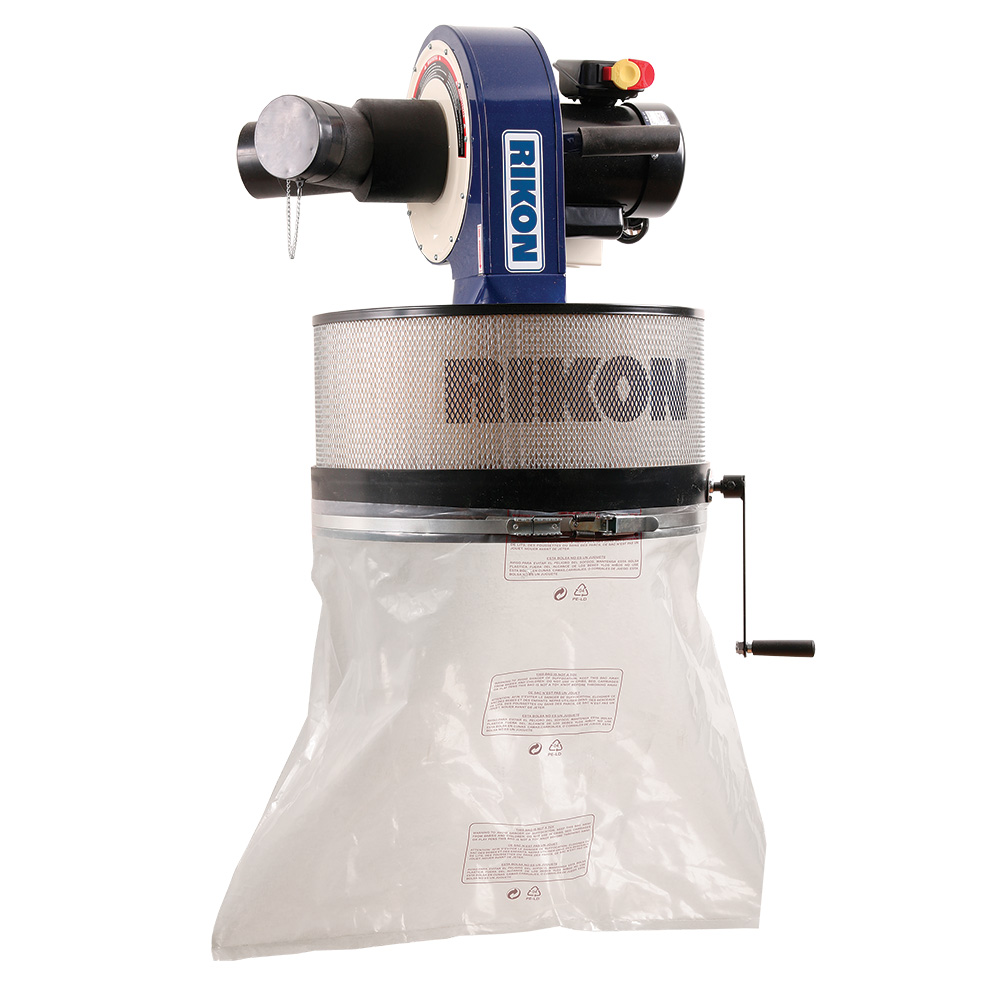
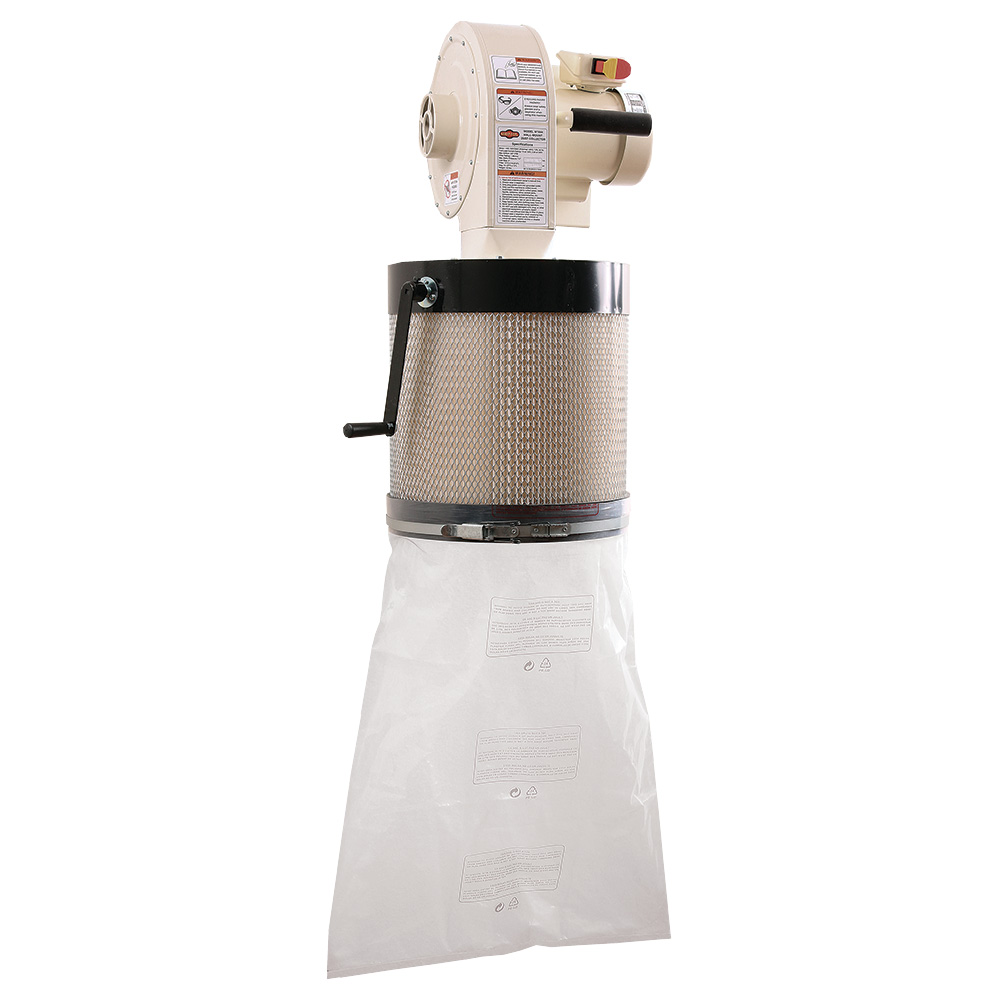






Log in or create an account to post a comment.
Sign up Log in